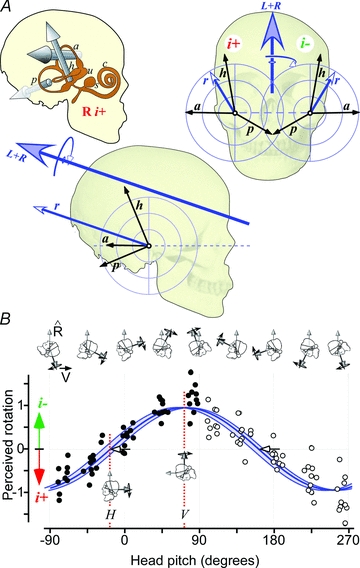Figure 1. Rotational vectors evoked by galvanic stimulation.

A, unit vectors for each canal (a, h, p) in head coordinates (relative to Reid's plane) are perpendicular to the plane of each canal with direction determined by the hair cell orientation and galvanic stimulus polarity (right i+, left i−). For each labyrinth, the vector sum (r) is directed posteriorly, laterally and upwards. The vector sum of both sides (L+R) is directed posteriorly and upwards, indicating a signal of approximate head roll towards the cathodal side. B, perceived rotation in normalised units for binaural bipolar galvanic stimuli (as in A) with the head at different angles of pitch with least-squares sinusoidal fit. Shaded, between the blue lines is the 95% confidence interval of the anatomical prediction. The head angle at which the vestibular stimulus produces no perception of rotation is shown (16.4 deg measured, 18.8 deg predicted).
